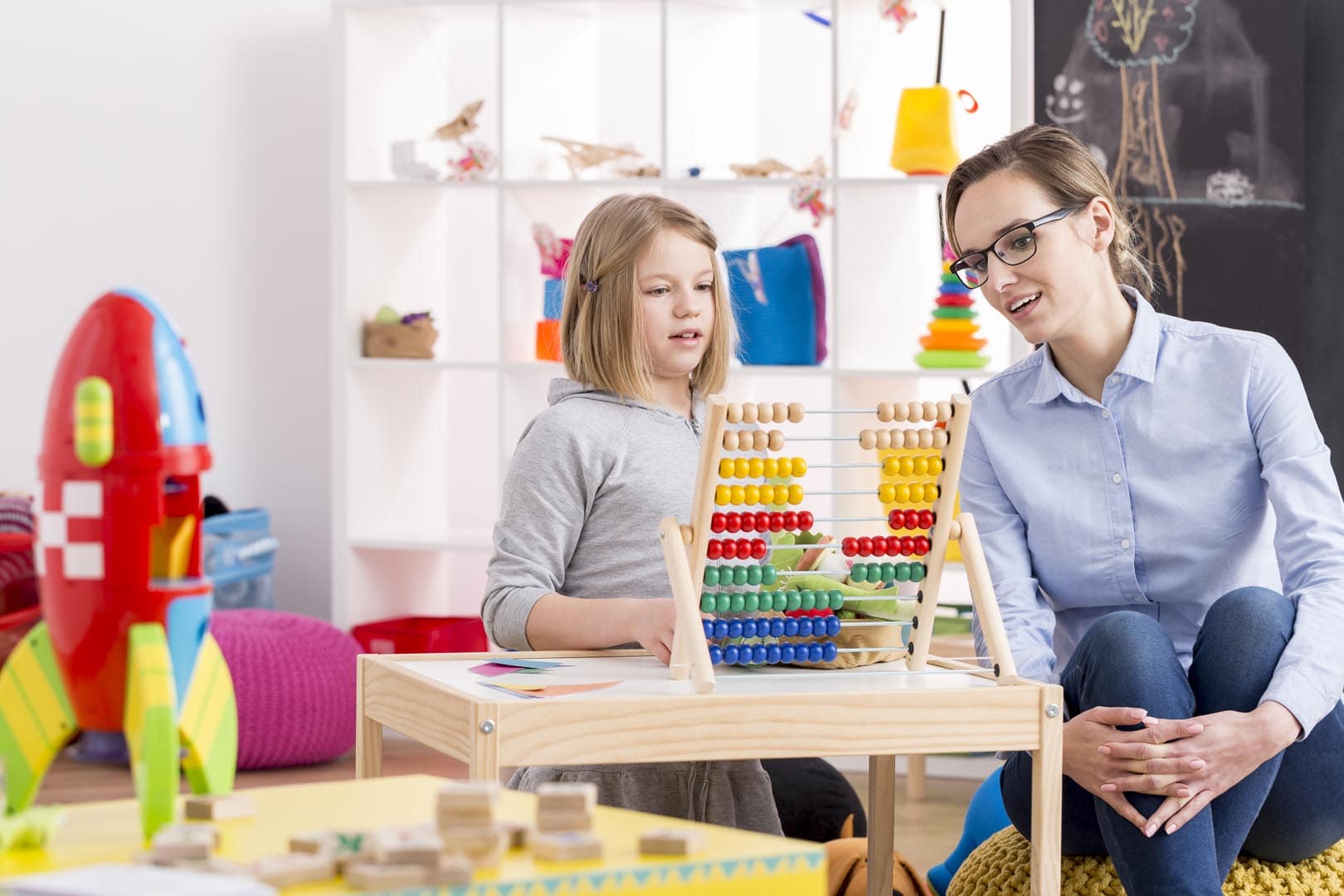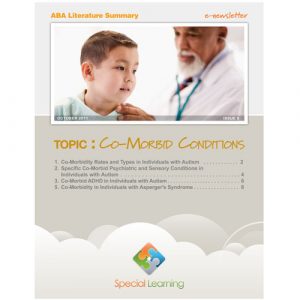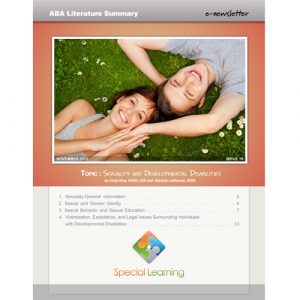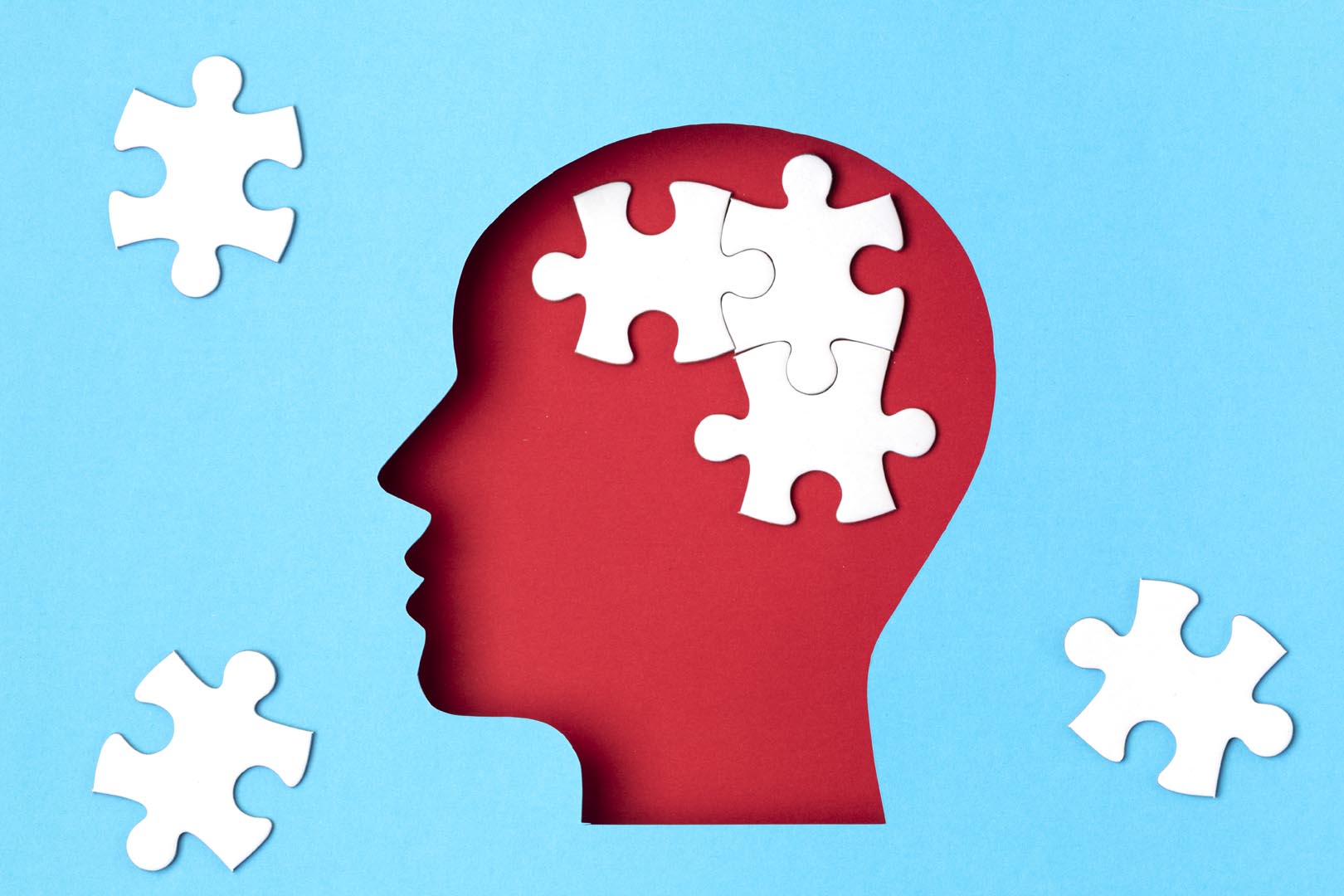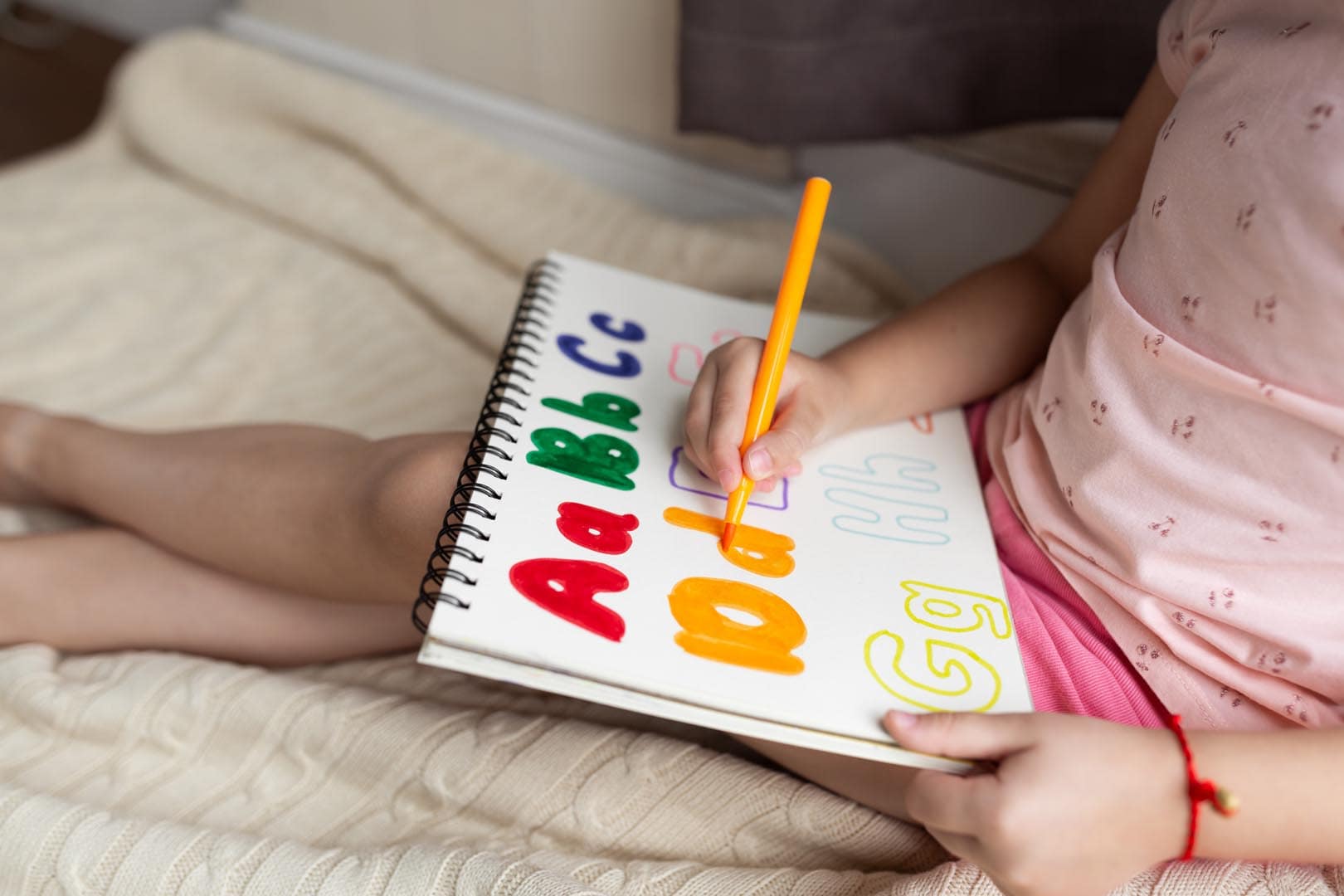What is Applied Behavior Analysis
Applied Behavior Analysis (ABA) is the most effective and science-based way to teach a child diagnosed with autism. ABA “interventions” as they are called, employ a step-by-step teaching method that emphasizes the use of behavioral reinforcement – basically, teaching your child what behaviors are appropriate to display with specific inputs, whether they are from other people or situations.
Basics of Applied Behavior Analysis
Applied Behavior Analysis follows some basic methodologies that have been proven to be effective with children diagnosed with autism. Since there is no singular treatment that works for every child, ABA uses a variety of different techniques early on in your child’s development, eventually sticking with the methods that work best for the child individually.
Techniques in ABA
Various ABA techniques are used for teaching, and all of them have historically shown promise in teaching children with autism the essential life skills they will need to live a fulfilling life. However, no singular treatment works for every child, so your Behavior Analyst may use some of these techniques to help your child develop: task analysis, chaining and prompting, discrimination training, discrete trial training, pivotal response training, incidental teaching, along with a variety of other methods.
Implementation of ABA Techniques
Implementing ABA techniques can certainly look like a trial-and-error show, but the simple fact is that no single treatment works for every child. Your child’s Behavior Analyst will have to experiment with the different techniques to find the ones that work the best. Once effective treatments have been identified, your kid’s Behavior Analyst will customize the treatments, making them uniquely suited for your child and your child only.
ABA Techniques and Treatment Programs
Discrete Trial Training
Discrete Trial Training (DTT) is a treatment program designed to train your child in a variety of skills that they may not otherwise pick up on their own. The program is meant to improve attention span, help with motivation and start getting your child used to stimulus control techniques. Social skills and verbal behavior (early language) are emphasized with DTT.
Differential Reinforcement
The technique of differential reinforcement is used to help your child adjust to different social situations. He/she will learn the appropriate behavioral responses for different environments, e.g., when at lunch in the cafeteria, in the classroom, and on the playground. She will learn discrimination – behaving one way in one situation and behaving a different way in another.
Extinction
The process of extinction is meant to help you, as the parent or care provider, to learn when to stop reacting to certain behaviors in order to get your child to respond in the manner you want him to. For example, every time your son doesn’t want to eat his food, he has a tantrum and you respond by giving him a timeout; he is getting what he wants.
Foundational Communication
Proper communication can sometimes be a problem if your child has autism. Not every child with autism will have verbal difficulties, but your kid may not be able to read the body language correctly or recognize other non-verbal cues. Foundational communication will help your child develop the necessary communication skills for everyday living, whether they are verbal or non-verbal.
Punishment
Punishment, in the case of helping your child, doesn’t mean the same thing as it might with children that don’t have disabilities. Time-outs, extinction, response cost, and aversive stimuli are just some of the ways to teach your child that there are consequences for inappropriate behavior.
Cost of ABA Treatment
For some, the cost of providing adequate ABA therapy for your child may seem to be prohibitive. There are numerous federal and state funding programs that can help alleviate the cost of full-time ABA therapy. If your child needs ABA treatment at school and in the home, you could be facing upwards of $45,000 a year.
How to Become a Board Certified Behavioral Analyst
Several institutions nationwide offer curricula for becoming a behaviorist. Usually, you will need a solid foundation to enter the program, such as a master’s or doctorate in Early Childhood Development or Psychology. There are also programs to become an assistant behaviorist if you have a bachelor’s in a related field.
O. Ivar Lovaas’ Contribution to Applied Behavior Analysis
Ole Ivar Lovaas, Ph.D., was a professor from UCLA that pioneered many of the techniques used in Applied Behavioral Analysis. His original studies began in the 1950s when very little was known about autism. Many “behavioral specialists” of the time thought that autism was due to poor parenting, especially from the mother. Neglect and other forms of abuse were thought to be the primary factor behind a child’s “acting out”. Lovaas dispelled the stigma surrounding autism and is now considered to be one of the “fathers” of modern Applied Behavior Analysis.
Copyright © by Special Learning Inc. All right reserved.
